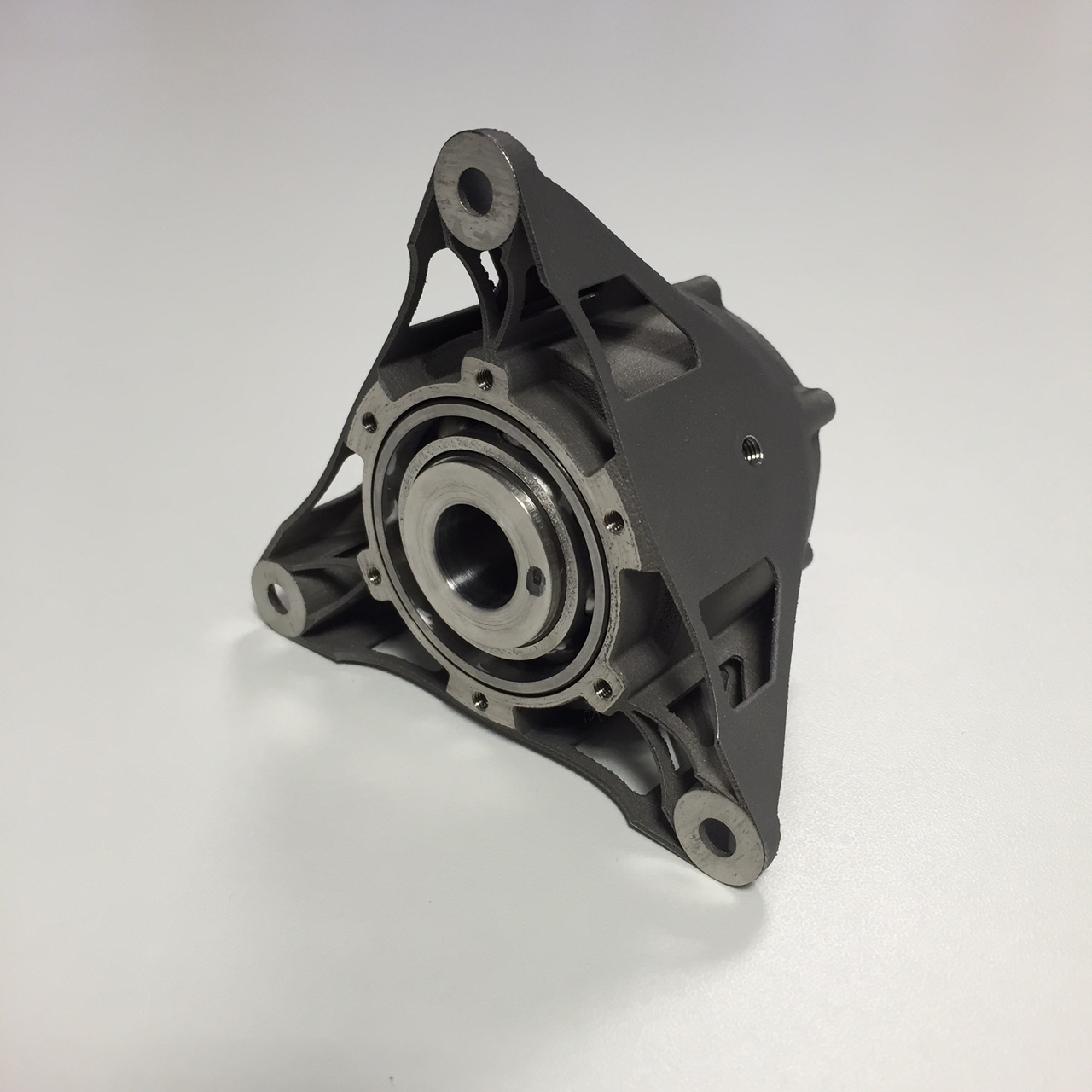
Croft Additive Manufacturing (CAM, and ESR Space have combined expertise to research the use of )additive manufacturing (AM) and use prototypes to develop bespoke spacecraft mechanisms.
The research, which was funded by Centre for Earth Observation Instrumentation and Space Technology CEOI-ST, aims to develop components for use in mechanism applications.
While the main emphasis of the study is on spacecraft applications, it also supports the development of supply chain capability in AM and the suitability of the processes in a range of markets, including telecommunications, science and robotics.
In space applications, there are a number of disadvantages to using a liquid or grease-based lubricant, such as low temperature viscosity, evaporation, loss of lubricant and contamination of other parts of the spacecraft.
To address these issues, two concept designs were developed using Croft’s Realiser SLM-250 machine. These were both focused on managing the lubricant within the bearing system more effectively, with a particular emphasis on the challenges of the space environment.
Valuable lessons
'It is always advised to have several options when seeking to identify a bespoke solution using innovative technologies,’ said Neil Burns, director at Croft Additive Manufacturing. ‘Following the creation and analysis of the two prototypes in this instance, it was deemed more valuable to develop the lubricant retaining cage further.’
‘We learnt a number of valuable lessons during this study, the most important of which was in the design process – while AM technology can give greater design freedom relative to conventional machining, it is not without constraints,’ added Grant Munro, project manager at ESR Space.’ In terms of next steps, a roadmap has been created to show timescales for exploitation within the space industry and beyond.’
While it is likely that the component developed will be initially used for spacecraft applications alone, the use of the technology in other industries such as nuclear, aerospace and medical will be explored in parallel.
This story uses material from Croft Additive Manufacturing, with editorial changes made by Materials Today. The views expressed in this article do not necessarily represent those of Elsevier.



